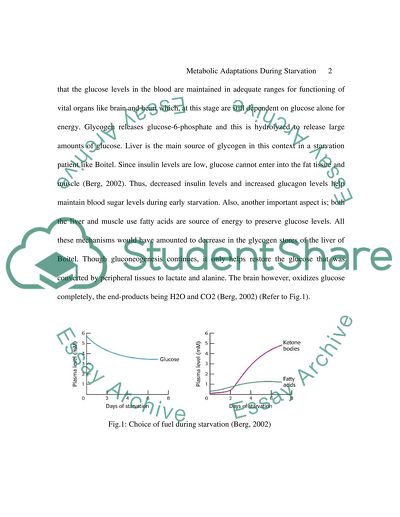Starvation and maluntrition *clinical nutrition and health Case Study. Retrieved from https://studentshare.org/nursing/1462220-starvation-and-maluntrition-clinical-nutrition-and
Starvation and Maluntrition *clinical Nutrition and Health Case Study. https://studentshare.org/nursing/1462220-starvation-and-maluntrition-clinical-nutrition-and.


